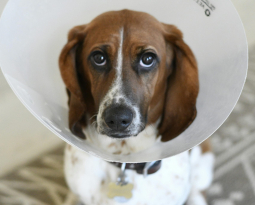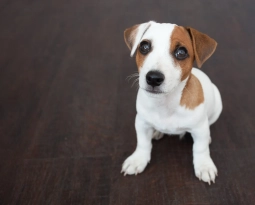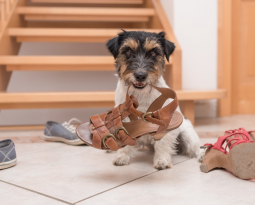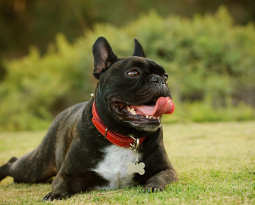Dogs are social creatures, that’s part of what makes them such lovely furry companions. Unfortunately, they don’t always get along and aggressive behaviors can creep out. When it comes to how to stop dog on dog aggression, there are a number of things to consider. This won’t be the be-all, end-all resource on it, but it might provide you a bit of help in trying times!
For this blog we’re going to assume a set scenario for simplicities sake
Why Your Dog is Being Aggressive
Your dog acting in an aggressive manner is because of something, and the only way to address that is to listen to what your dog is trying to tell you with its actions. There are many reasons why a dog may act out:
- They may be afraid
- They may be protective
- They may be curious, and over-excited
- They may be stressed about ‘their’ space
Sometimes behaviours that are perfectly normal that may be confused with aggression such as eagerness or hyper energy. It’s crucial to ‘listen’ to what your dog is saying with their behavior and body language, and to act accordingly. Take your dog’s age, health, and temperament into account when you adapt solutions. Every trick doesn’t work with every dog, they’re all unique.
How to Stop Dog On Dog Aggression
Acting Decisively, but Stay Calm
If you’re walking your dog when you come across another, be calm. Do not keep tension on the leash. Dogs pick up our feelings and behaviors better than we know, often reflecting them but with much more power. You might be nervous, your dog will be ready to act aggressively to attempt to stop the cause of that. When you remain calm, your pet will trust your feelings and, hopefully, remain calm as well.
Holding that leash too tightly, or pulling directly back can lead to the dog trying to lunge forward. Instead, move your dog sideways and walk past the other dog confidently.Practice Avoidance
Don’t let your dog hyperfocus on another dog! If you come across another dog while out for a walk, practice avoidance yourself and you will model that behavior to your own dog. Keep your eyes forward and continue walking at a natural pace. This ties into the previous note about staying calm. If other dogs aren’t any concern of yours, your dog will start to feel better about ignoring them too.
If you notice your dog is staring down another dog, or obsessing about another dog you need to discourage and break this behavior.
Create Space, Block the Other Dog
You can discourage and break the obsessive behavior by creating space and blocking the other dog. Move across the road, into a driveway, allow for space for the other dog to move. Place a wall, fence, or car in between you, your dog, and the other dog. All of this can avoid head-on passings and possible confrontations.
Create Neutral, If Not Good, Situations
When you have gotten a better handle on what immediately triggers aggression in your pet it can be time to begin having neutral, low stress interactions and meetings with other dogs. If every time your dog sees another dog it is a stressful experience, they’ll never get used to it as normal matter of course.
By practicing avoidance, creating space, and remaining calm consistently, you’ll be training and modeling the behavior that seeing another dog is no big deal. This makes it a neutral experience and one that your dog won’t think twice about.
But your dog may need more than all this. You and yours may need real, proper anti-aggression training.
What to Expect from Aggression Training
Aggression training with a behavior professional can provide huge results for some dogs. Keywords being ‘can’ and ‘some.’ Don’t expect overnight results. Make sure you give your dog the positive reinforcement as recommended by the professional, rewarding and praising for the good behaviors.
These are just a small sampling of the potential strategies to combat dog aggression. If you find you need more help, look up a reputable animal trainer or specialist near you. If even training doesn’t seem to work, you are going to just have to accept that your dog isn’t friendly with other dogs (hopefully they’re friendly with you though!) and avoid them entirely. It might be a bummer to accept but remember that aggression is caused by and produces a whole bunch of stress for your pup. Avoiding those triggers will do you and them a world of good.







